Severe and prolonged drought and salinity have gradually dried up the canals and streams in the eastern part of Tien Giang province. Fresh water supplies are no longer available, so people have to save every drop of water to water their crops.
MAINLY KEEP THE TREE
In the eastern districts of the province in mid-April, this is the time of the most intense heat. Tham Thu canal from Binh Phan pumping station (Binh Phan commune) to Binh Phuc Nhut commune (Cho Gao district) has dried up. Other intra-field canals are also gradually drying up. The fierce days of the "historic" drought and salinity season of 2019 - 2020 are gradually repeating. Canals and streams are running out of fresh water, causing many crops and vegetables of the people to lack irrigation water.
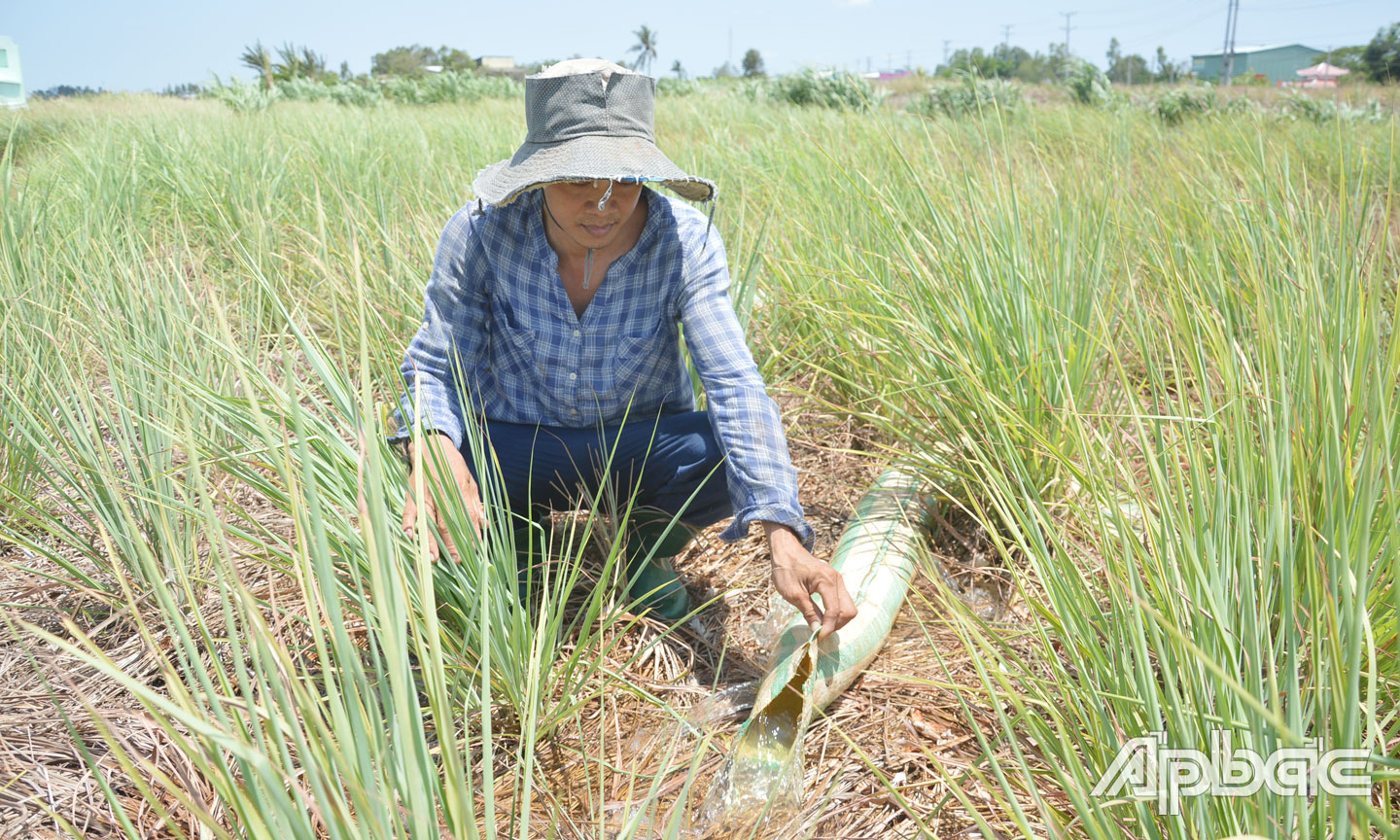 |
| Mr. Trung pumps water with a salinity of about 2 - 3 g/l to water the lemongrass plants. |
If more than half a month ago, Mr. Nguyen Van Hang (Binh Phan commune, Cho Gao district) and his family members and neighbors built a dam to pump water from the big canal to the small canal for irrigation, now the water source in the canal is still there, but it is contaminated with salt and cannot be used for irrigation.
Mr. Hang said: “The salinity of the water has now reached 3 - 4 g/l, so it is no longer possible to pump it to irrigate the plants. In the past few days, after harvesting the off-season dragon fruit crop, I had to cut off the water in the dragon fruit garden. My family’s 2-hectare grapefruit garden also stopped processing the fruit. There is very little water left in the garden ditch, so I only water sparingly and very economically, mainly to preserve the plants.”
Down in Binh Phuc Nhut commune, lack of water for production is a common situation for farmers here. When we arrived, Ms. Dinh Thi Them (Binh Khuong 1 hamlet, Binh Phuc Nhut commune) was watering her family's 1 hectare of dragon fruit. According to Ms. Them, her family had just finished harvesting the off-season dragon fruit crop about half a month ago and is currently storing "seasonal goods".
Pointing to the canal opposite the dragon fruit garden, Ms. Them shared: “The canal still has water, but it is salty water. The government has taken it in to prevent landslides and has notified people not to water the plants. My family has to buy well water from the water pump at 100,000 VND/hour. So far, I have bought water 3 times to water the dragon fruit. Here, many people buy fresh water in plastic bags to water the plants.”
Water-saving irrigation
Although drought and salinity are occurring severely, thanks to proactive storage, economical irrigation and water purchase, many dragon fruit gardens of farmers in Cho Gao district are still green and lush. Mr. Gian Van Em's family (Binh Tho 1 hamlet, Binh Phuc Nhut commune) grows more than 6 hectares of red-fleshed dragon fruit. Last crop, his family managed to flower in the off-season and harvested about 6 tons.
Because the tree bears fruit during the drought and salinity, his family bought fresh water from local wells to water the tree. “Due to the severe drought and salinity, the dragon fruit is almost ripe, so I also don’t buy much water and water very sparingly. Now that the harvest is over, I temporarily cut off the water. Dragon fruit is a drought-resistant tree, so if you don’t water it for a while, it won’t die,” said Mr. Em.
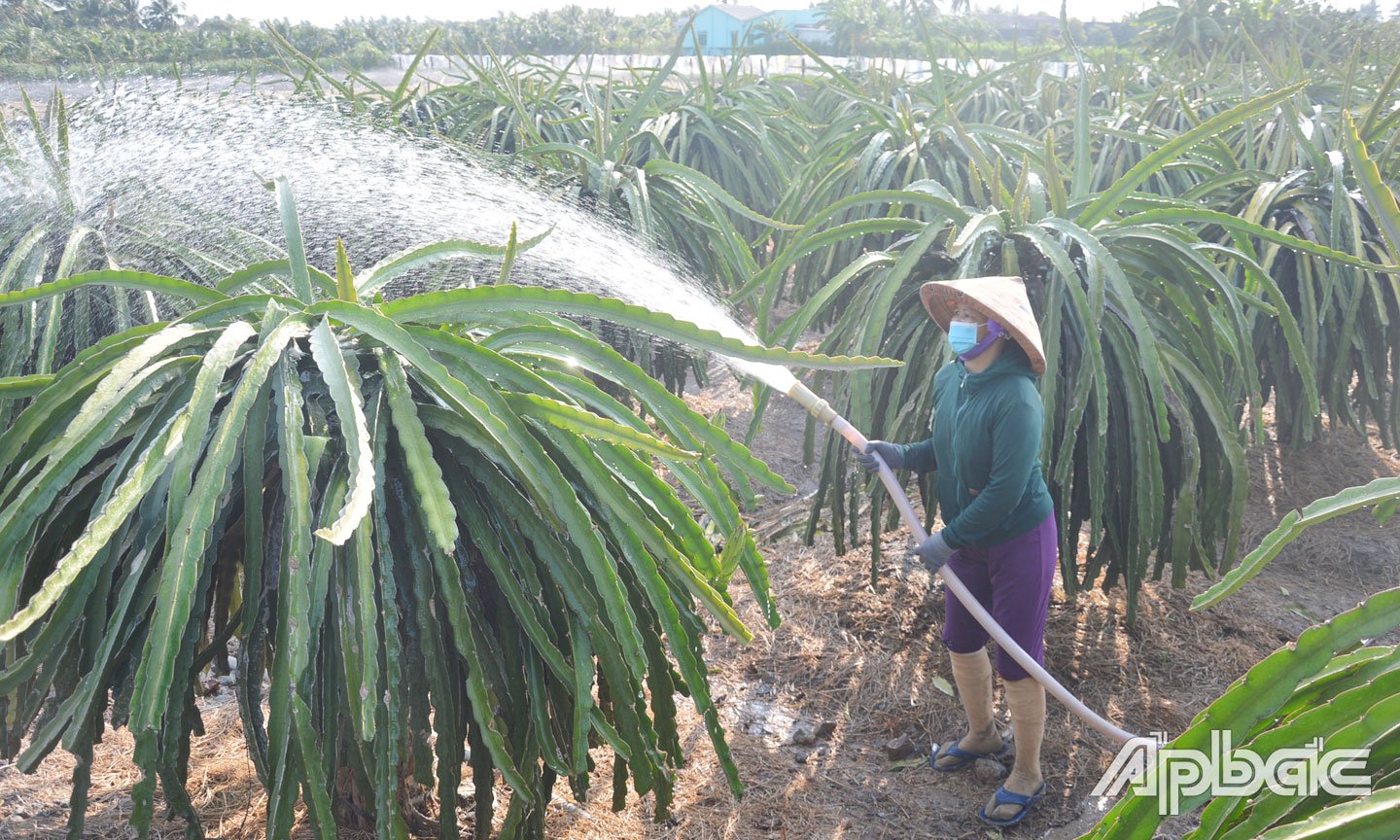 |
| Ms. Them buys well water to water the dragon fruit. |
Also in Binh Phuc Nhut commune, Mr. Vo Huu Thuan's family (Binh Ninh hamlet) has grown nearly 1 hectare of chives. In recent days, because the canals and ditches have dried up and there is no more water for irrigation, the chives have not grown. Mr. Thuan said: "Here, the current price of buying well water to irrigate crops and vegetables is at least 60,000 VND/hour.
This water plant is licensed to serve agricultural production, and has been drilled for several years now. My family has been buying water for irrigation for almost a month now. In total, I have spent nearly a million dong on watering the chives. Because there is no water for irrigation, I just leave the chives at their roots, waiting for the rain to come and they will grow again.
The further downstream of the Go Cong Sweetening River, the more severe the drought and salinity situation becomes. Water for irrigation of crops and vegetables becomes more difficult. Mr. Truong Minh Thuan's family (Tang Hoa commune, Go Cong Dong district) is currently cultivating 1.5 hectares of dragon fruit, of which 1 hectare is about 4 years old.
According to Mr. Thuan, after the historic drought and salinity in 2020, his family switched from rice to growing dragon fruit. This year, the drought and salinity recurred, the water in the canal is still there but has been contaminated with salt, leading to a lack of irrigation water. The water reserve in the pond is very low, so in the past few days, he has only watered once a week, but still very economically.
“With this kind of heat, the pond will probably dry up in a few days, we just have to wait for the rain. Dragon fruit is also drought-resistant, so hopefully it won’t be affected,” Mr. Thuan shared.
In Tan Phu Dong island district, the fresh water supply for canals and streams in the fields has been exhausted for many months now. Many canals and streams in the area have dried up. There are canals that still have water, but the salinity is still very high.
Based on forecasts from professional agencies about the development of saline intrusion in the dry season of 2023 - 2024, Tien Giang province has proactively implemented many solutions to protect production and domestic water for people. For the eastern districts, the agricultural sector has actively operated to collect fresh water for storage in the Go Cong Freshening Project area. In addition, the province also operates the collection of fresh water at Xuan Hoa sluice (Cho Gao district) to supply fresh water to the Go Cong Freshening area when the salinity is low to serve agricultural production activities for the people. At the same time, it propagates and mobilizes people to store fresh water for production. As a result, people have actively stored fresh water to irrigate vegetables and fruit trees. During the severe drought and salinity, many internal canals ran out of water, and localities mobilized people to spend their own money to pump fresh water from the main canals to irrigate crops. Although the production situation is currently very difficult, thanks to proactive implementation of solutions, up to now, in the eastern districts in particular and in the province in general, no production losses have been recorded. |
Lemongrass is the main crop of Tan Phu Dong district, which is resistant to drought and salinity, but it is gradually being affected. According to records, due to the intense heat, a small number of newly planted lemongrass plants of farmers had their leaves burnt due to lack of irrigation water. A few farmers "bitterly" pumped water to irrigate lemongrass with high salinity.
The family of Mr. Vo Thanh Trung (Ly Quan 1 Hamlet, Phu Dong Commune) grows 6 hectares of lemongrass. In recent days, he has been regularly pumping water from the canal in the field to the lemongrass beds that were newly planted a few months ago. “Because the canal nearby has just been dredged, there is still water, otherwise it would have dried up completely.
However, the salinity in the water is also about 2 - 3 g/l. With this salinity, I only dare to water the roots, if I water from above, the leaves will burn" - Mr. Trung confided.
These days, drought and salinity are at their most severe. To protect production, farmers have had to conserve fresh water to irrigate their crops in the hope that the rainy season will come soon.
ANH THU
.
Source




















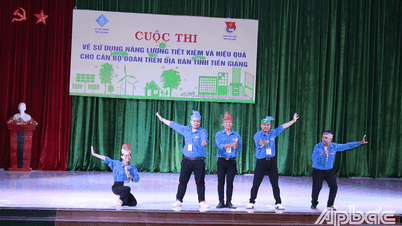

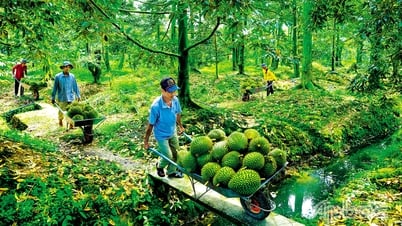
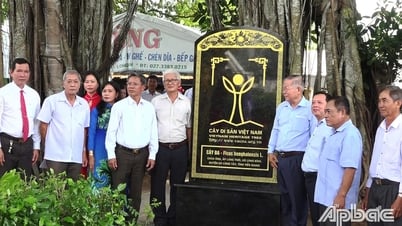










![[Maritime News] Wan Hai Lines invests $150 million to buy 48,000 containers](https://vphoto.vietnam.vn/thumb/402x226/vietnam/resource/IMAGE/2025/6/20/c945a62aff624b4bb5c25e67e9bcc1cb)
![[Photo] The 9th Congress of the Party Committee of the Office of the President, term 2025-2030](https://vphoto.vietnam.vn/thumb/1200x675/vietnam/resource/IMAGE/2025/6/20/78e7f27e8c4b4edc8859f09572409ad3)












































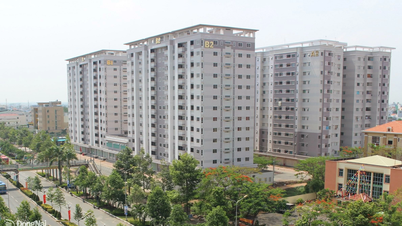

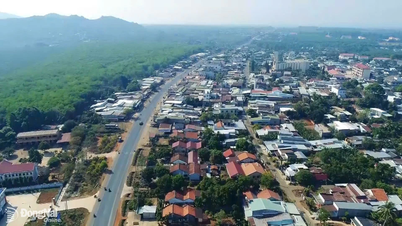


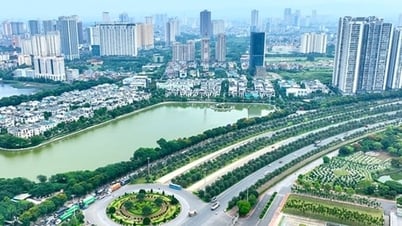















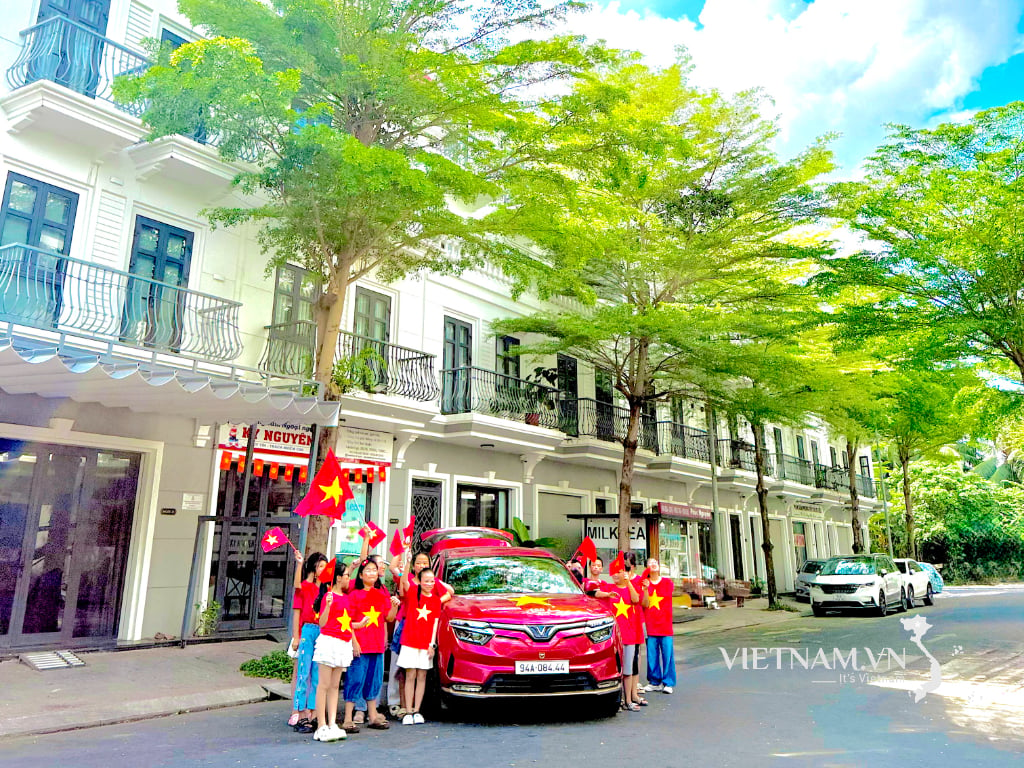


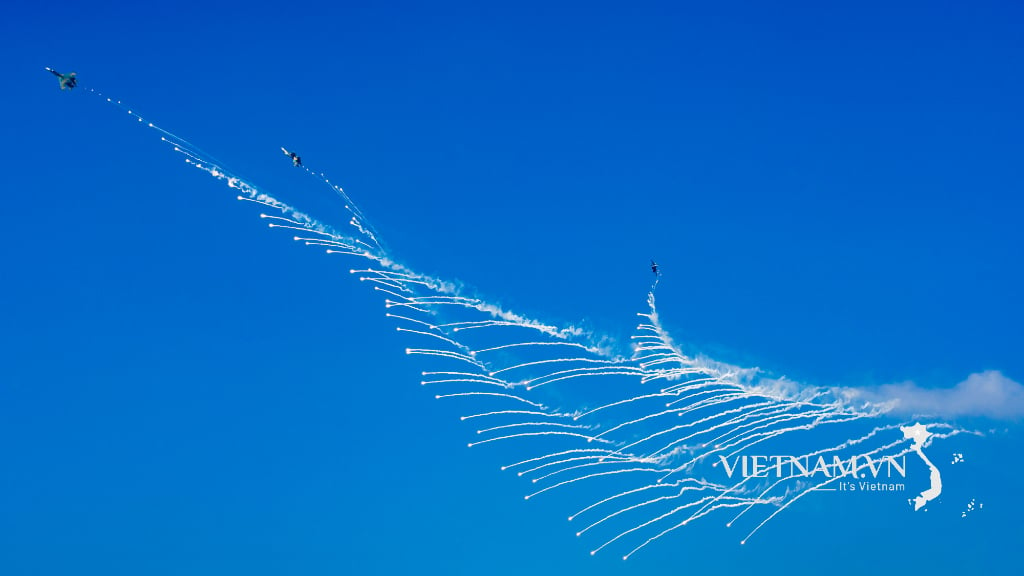
Comment (0)